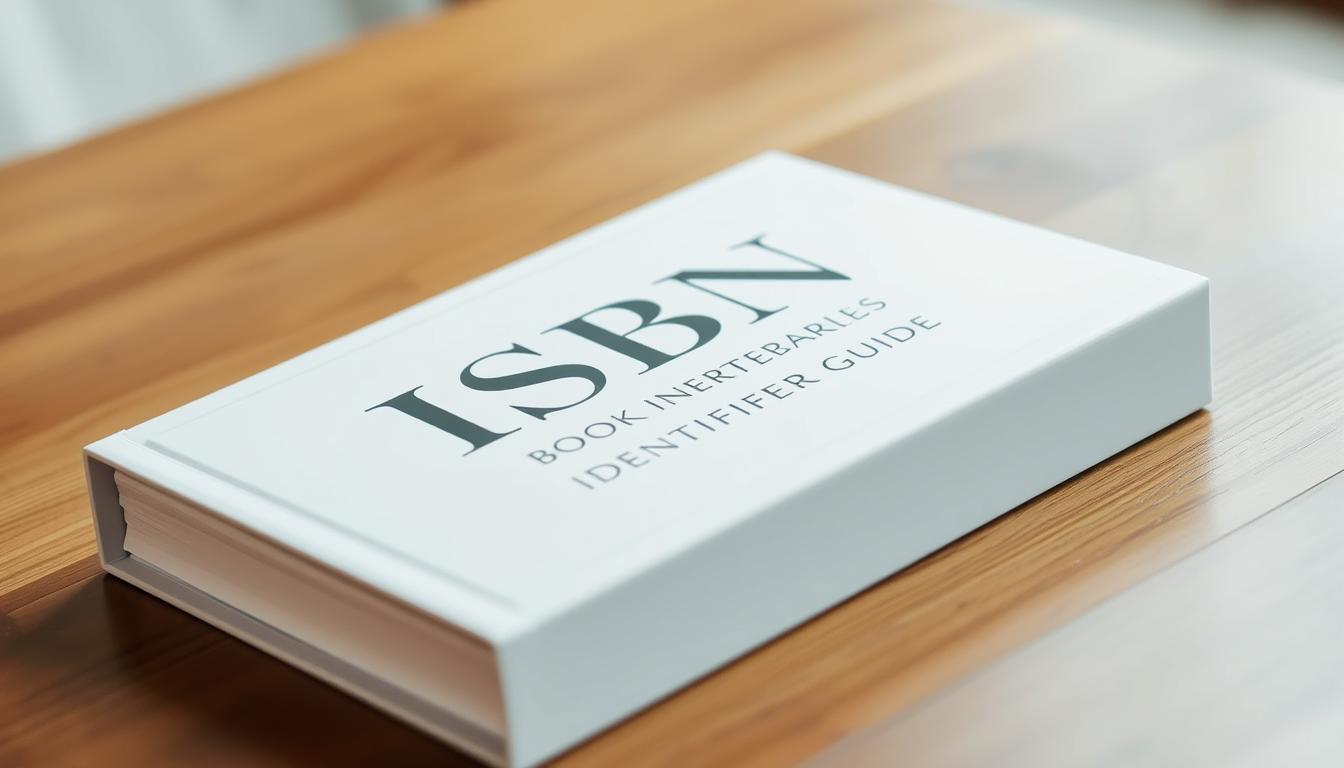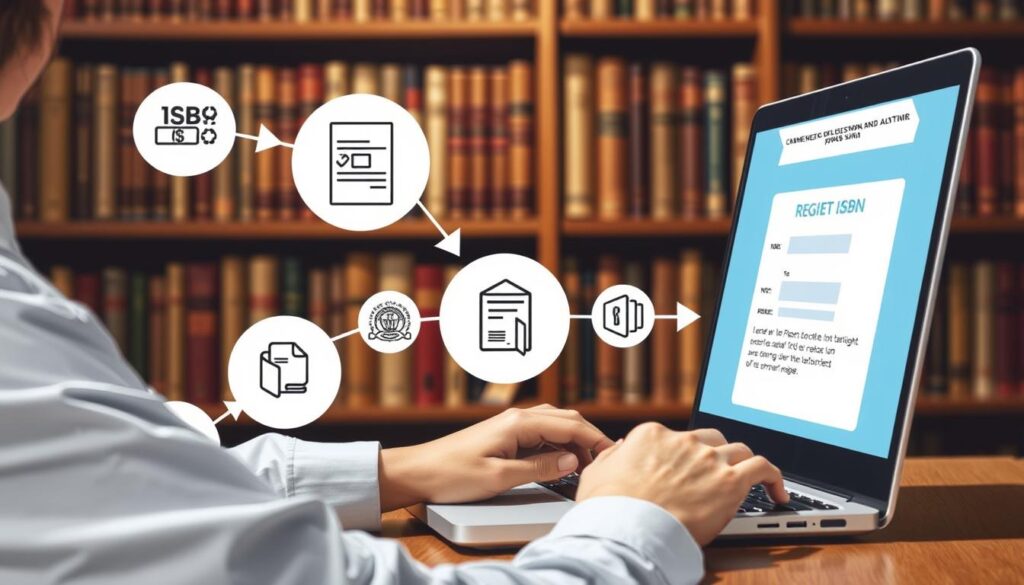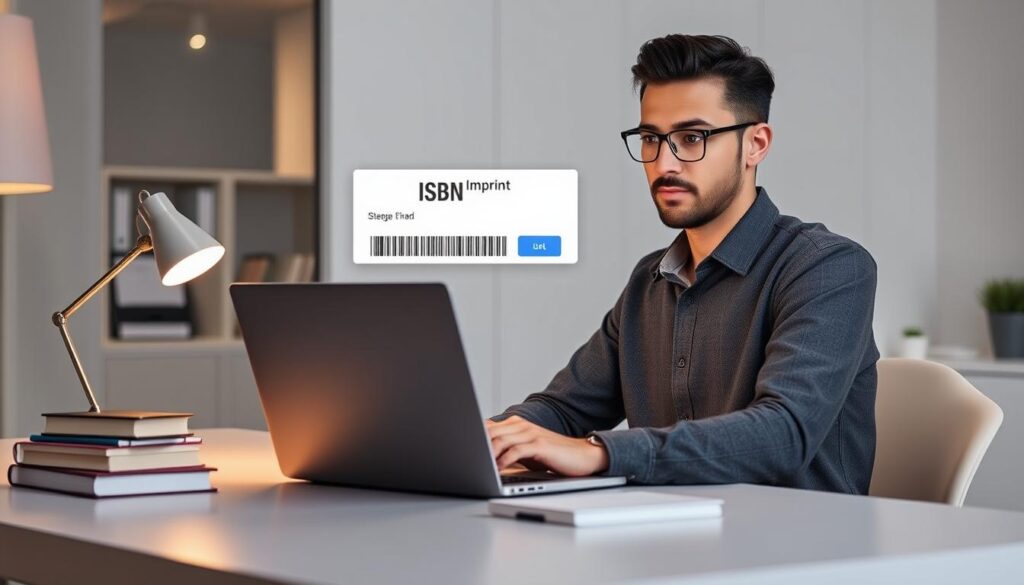Physical Address
304 North Cardinal St.
Dorchester Center, MA 02124
Physical Address
304 North Cardinal St.
Dorchester Center, MA 02124

Every book deserves its own identity in the publishing world. Whether you’re a debut author or a seasoned writer, understanding ISBNs unlocks opportunities for your work to reach global audiences. This unique 13-digit code acts like a fingerprint, distinguishing your title from millions of others.
ISBNs connect your books to retailers, libraries, and distributors worldwide. Each physical format (paperback, hardcover) requires a separate number, while eBooks and journals often have flexibility. These identifiers ensure accurate cataloging and simplify sales tracking across platforms.
This guide clarifies ISBN essentials for authors navigating the modern publishing landscape. We’ll explore acquisition options, including free platform-provided numbers and agency purchases. You’ll gain practical information to make strategic decisions about your book’s distribution needs.
In the publishing ecosystem, ISBNs serve as universal identifiers that streamline book discovery and distribution. These unique codes help categorize titles across global systems, making your work accessible to readers everywhere.
An International Standard Book Number (ISBN) is a 13-digit code acting as your book’s passport. Each digit reveals specific metadata, like the publisher, format, and regional origin. For example:
This standardized system ensures libraries and retailers instantly recognize your title’s details, from paperback editions to audiobooks.
Libraries use ISBNs to manage vast collections efficiently. Patrons can quickly locate your work through catalog searches, boosting borrowing rates. Retailers rely on these numbers to track inventory and prevent ordering errors between formats.
Online platforms like Amazon populate product pages using ISBN data, displaying accurate descriptions and cover art. Publishers gain insights into sales trends, helping refine marketing strategies. With a unique identifier, your book stands apart—even if another shares its title.
Choosing between free and purchased identifiers shapes your book’s journey. Platforms offer different paths—each with distinct advantages for specific publishing goals.
Major platforms provide free ISBNs to lower entry barriers. Amazon’s KDP assigns these numbers for paperback and hardcover editions. However, your book will show “Independently published” as the imprint. Similar services like Blurb and Draft2Digital offer comparable deals.
These free options work well for testing ideas or limited releases. But they lock distribution to their platforms. You can’t use a KDP-assigned number with IngramSpark or bookstore chains later.
“Platform-provided ISBNs simplify first-time publishing but limit branding opportunities,” notes a publishing consultant.
Owned identifiers unlock professional flexibility. You control the publisher name, creating a custom imprint like “Maple Street Press.” This builds credibility with readers and retailers.
Purchased numbers travel across platforms—use them on KDP, Apple Books, and bookstore distribution networks. Bowker’s bulk discounts make this choice economical for series authors.
| Feature | Free ISBNs | Purchased ISBNs |
|---|---|---|
| Cost | $0 | $125-$575 |
| Imprint Control | Platform-branded | Custom name |
| Distribution | Single platform | Multi-channel |
| Reusability | No | Yes |
Serious authors often invest in their own identifiers. It future-proofs their work and maintains consistent branding across formats. Consider your audience reach and career plans when deciding.

Self-published authors navigate ISBN acquisition through a streamlined digital process. Proper registration ensures your work appears correctly in catalogs and storefronts worldwide.
Start by visiting Bowker MyIdentifiers, the official U.S. ISBN agency. Create an account using your author name or publishing imprint. The platform offers four package options:
| Package | ISBN Quantity | Best For |
|---|---|---|
| Single | 1 | First-time authors |
| Standard | 10 | Series writers |
| Professional | 100 | Small presses |
| Enterprise | 1,000 | Publishing firms |
After purchase, access your account dashboard to assign numbers. Enter the exact title and author name matching your manuscript. Include:
Double-check entries before submission—errors can delay distribution. International authors should consult their national ISBN agency for region-specific requirements. Accurate information now prevents headaches later.
Your book’s imprint shapes its professional identity in the marketplace. This critical detail connects your work to your publishing brand, whether you’re building a company name or establishing yourself as an independent creator.

An imprint acts as your publisher signature, appearing on copyright pages and bookstore listings. Authors using free ISBNs from platforms like KDP automatically receive “Independently published” branding. Purchased identifiers let you craft custom names like “Summit Press” or “Moonlight Novels.”
Consistency matters. Retailers and libraries recognize your brand through repeated imprint use. Choose a name that grows with your career—one you’d proudly display on future titles.
Platforms verify imprint details against ISBN agency records during upload. A single typo or extra space can block publication. Follow these best practices:
Double-check entries before submitting. Once registered, imprint changes require new ISBN purchases. Proper setup ensures smooth distribution across all sales channels.
“Your imprint is your publishing fingerprint—make it distinct and permanent,” advises a Bowker representative.
Maintain a master document with registered information for reference. Include exact spellings, ISBN assignments, and publication dates. This organization prevents mismatches when releasing sequels or special editions.
Your book’s format determines its ISBN needs. Physical and digital versions follow different rules for identification. Let’s break down what each format requires.
Paperback and hardcover books always need separate identifiers. Retailers treat them as distinct products due to binding differences. A 300-page novel requires two ISBNs if released in both formats.
Print-on-demand services like KDP enforce this rule. Even identical content needs unique numbers for paperback vs hardcover editions. Libraries use these codes to stock specific formats requested by patrons.
| Format | ISBN Required? | Reuse Across Editions |
|---|---|---|
| Paperback | Yes | No |
| Hardcover | Yes | No |
| eBook (EPUB/MOBI) | Optional | Yes |
| Audiobook (CD) | Yes | No |
Ebooks operate differently. Amazon doesn’t require ISBNs for Kindle titles. However, using one helps when distributing through libraries or international stores. EPUB and PDF versions can share the same identifier if content matches exactly.
Consider future plans. Bulk ISBN purchases save money if releasing sequels or special editions. Print books need fresh numbers for revised content, while digital updates often don’t. Plan wisely to maximize reach and minimize costs.
Even experienced authors encounter ISBN hiccups during publishing. These challenges often stem from formatting rules retailers enforce strictly. Let’s tackle solutions for smooth distribution.
Platforms like KDP cross-reference your book ISBN details with agency records. A single typo in your imprint name—like “Riverstone Press” vs “RiverStone Press”—blocks publication. Always copy-paste your registered publisher name to avoid spacing or capitalization errors.
Barcodes on the back cover must match your assigned number precisely. Some generators add supplemental codes beside the main ISBN strip. Verify both elements align with your digital files before printing.
“Triple-check entries before submitting—ISBN corrections often require repurchasing,” advises a KDP support specialist.
For cover design issues, ensure barcode placement meets retailer specifications. Leave adequate margins around the black-and-white graphic. Test print proofs to confirm scan reliability at checkout counters.
Common questions involve updating prices or formats post-publication. Remember: ISBNs lock to specific editions. Changes require new identifiers. Keep records organized to simplify future revisions.